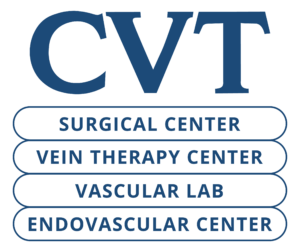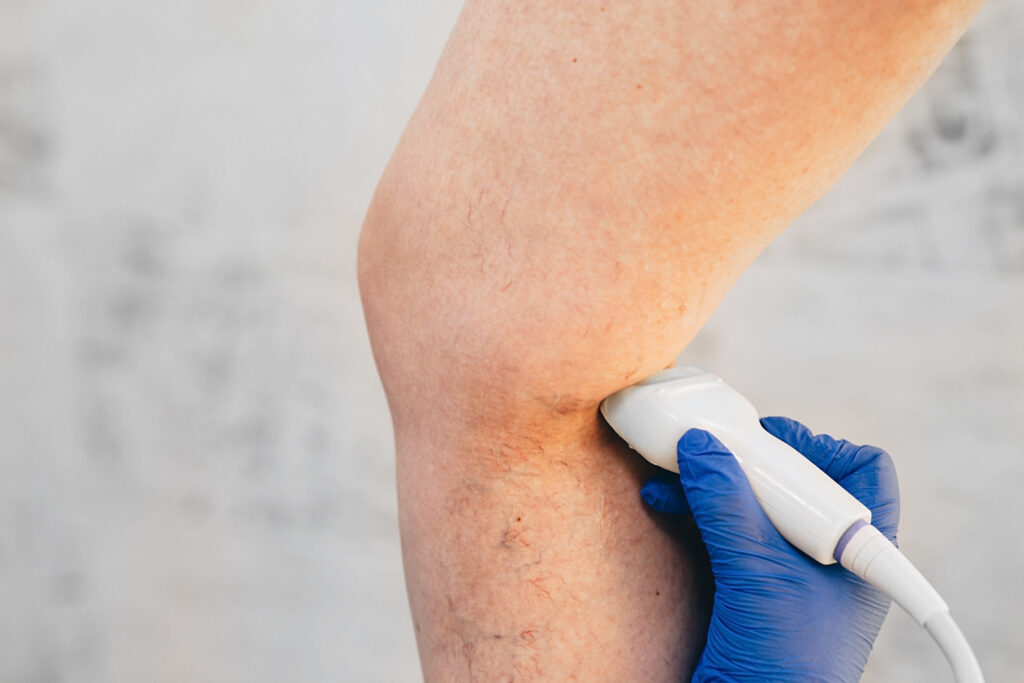Critical Limb Ischemia (CLI) is a severe form of peripheral artery disease (PAD) that can significantly impact an individual’s quality of life. It often leads to chronic pain, non-healing wounds, and even the risk of limb amputation if untreated. In South Louisiana, CLI is a pressing health concern due to unique genetic, environmental, and cultural factors present in the region. Exploring the genetic aspects of CLI can help shed light on why certain populations may be at higher risk and how proactive measures can mitigate these risks.
Understanding Critical Limb Ischemia (CLI)?
Critical Limb Ischemia develops when blood flow to the lower extremities becomes severely restricted due to arterial blockages. This condition often progresses from PAD and is characterized by severe pain, particularly at rest, as well as non-healing ulcers or gangrene. Both genetic and environmental factors play a role in the onset and progression of CLI, making it essential to understand how these influences intersect in at-risk populations.
Genetic Predispositions and Risk Factors for CLI
Genetics plays a pivotal role in vascular health, and CLI is no exception. Specific genetic markers have been linked to conditions that increase the risk of CLI, such as high cholesterol, hypertension, and diabetes. A family history of PAD or other vascular diseases can indicate a heightened genetic predisposition. Additionally, genes that regulate inflammation and blood clotting may also contribute to the development of CLI.
These genetic factors often interact with lifestyle and health habits, amplifying the risk for certain individuals. Socioeconomic and cultural factors further compound these risks. Limited healthcare access in rural areas of South Louisiana can delay diagnosis and treatment for PAD and CLI, particularly for underserved populations. Dietary habits, shaped by the region’s rich culinary traditions, may also contribute to higher rates of obesity, hypertension, and diabetes, creating a complex interplay of genetic and environmental factors that elevate CLI risk.
Are Specific Populations in South Louisiana at Greater Risk of Developing CLI?
South Louisiana is a region marked by its cultural and genetic diversity, with prominent populations including African Americans, Cajuns, and Creoles. Each group’s unique genetic makeup may influence their susceptibility to CLI. For instance, African American populations are often at a higher risk for hypertension and diabetes, both of which are key contributors to CLI. Genetic studies have shown that African Americans are more likely to carry variants in genes related to blood pressure regulation and inflammation, compounding their risk.
Similarly, specific genetic traits in Cajun and Creole populations may predispose them to vascular issues. For example, certain inherited conditions, such as familial hypercholesterolemia or specific clotting disorders, have been observed at higher rates in these communities. Environmental and lifestyle factors, such as high-fat diets or limited access to preventive healthcare, often exacerbate these genetic risks.
Prevention and Management for At-Risk Individuals
Identifying genetic risks is a crucial step in managing CLI. Understanding family medical history and undergoing genetic testing can provide valuable insights into an individual’s susceptibility. Lifestyle modifications, such as maintaining a healthy diet, regular physical activity, and smoking cessation, are essential in reducing the risk of CLI progression. Routine vascular health screenings are vital for those with a genetic predisposition or other risk factors.
By increasing awareness of genetic risks and promoting preventive measures, healthcare providers can better serve at-risk populations. Take the first steps in protecting your vascular health by learning about your family history and requesting an appointment with one of CVT’s Vascular specialists.

